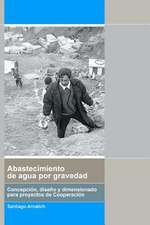Shared Water Resources of Lebanon
Autor Amin Shaban Ph.D., Mouin Hamzeen Limba Engleză Paperback – 31 aug 2017
Preț: 689.10 lei
Preț vechi: 883.82 lei
-22% Nou
Puncte Express: 1034
Preț estimativ în valută:
131.86€ • 141.00$ • 109.94£
131.86€ • 141.00$ • 109.94£
Carte disponibilă
Livrare economică 27 martie-10 aprilie
Preluare comenzi: 021 569.72.76
Specificații
ISBN-13: 9781536121117
ISBN-10: 1536121118
Pagini: 85
Dimensiuni: 155 x 230 x 18 mm
Greutate: 0.37 kg
Editura: Nova Science Publishers Inc
Colecția Nova Science Publishers Inc
ISBN-10: 1536121118
Pagini: 85
Dimensiuni: 155 x 230 x 18 mm
Greutate: 0.37 kg
Editura: Nova Science Publishers Inc
Colecția Nova Science Publishers Inc
Cuprins
Preface; Introduction; Surface Water; Groundwater; Challenges on Water Resources; Principles on Shred Water; Shared Surface Water of Lebanon; Shared Groundwater Resources of Lebanon; Treaties & Agreements on Shared Water; Conclusion & Recommendations; Index.











